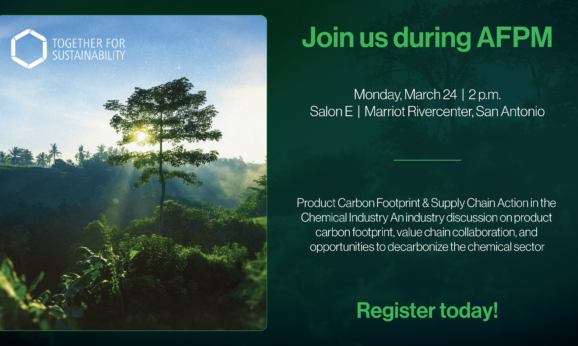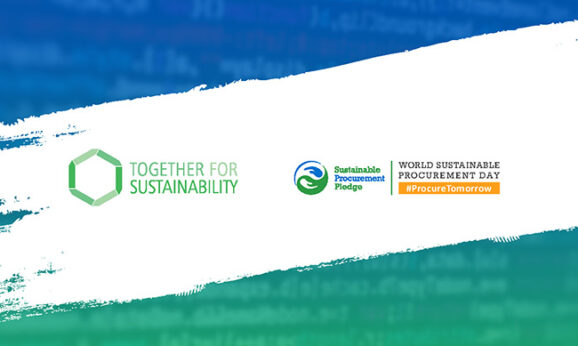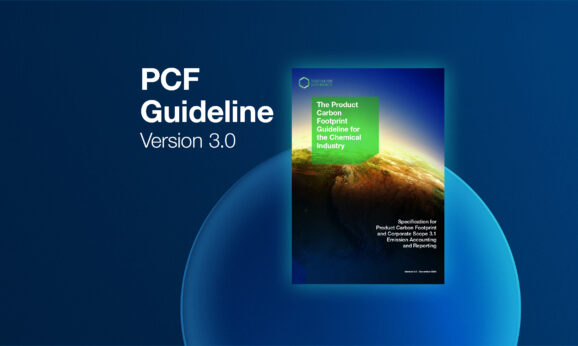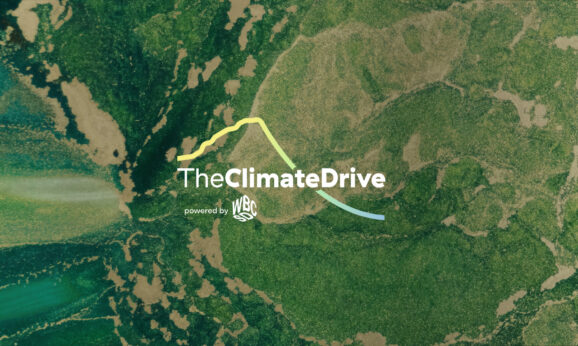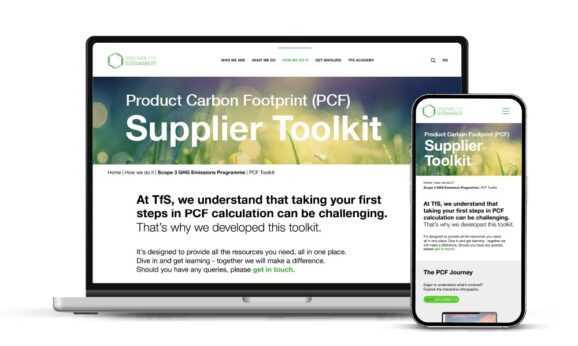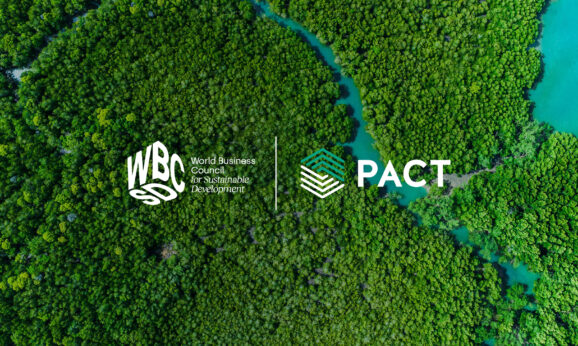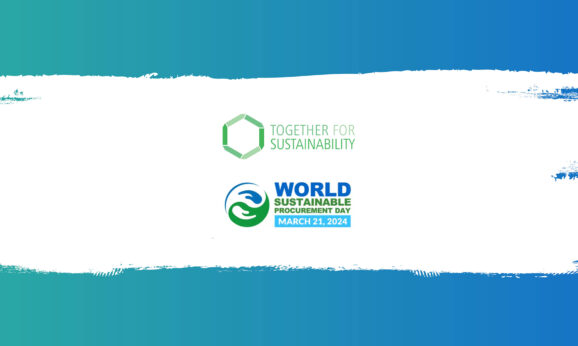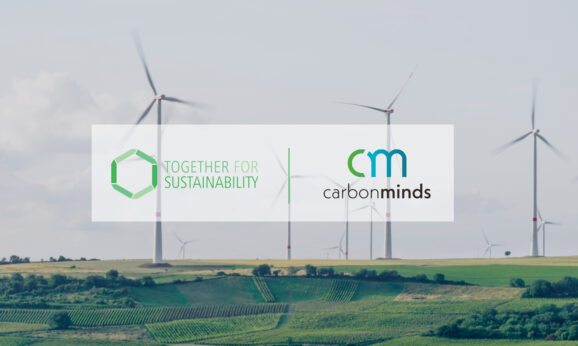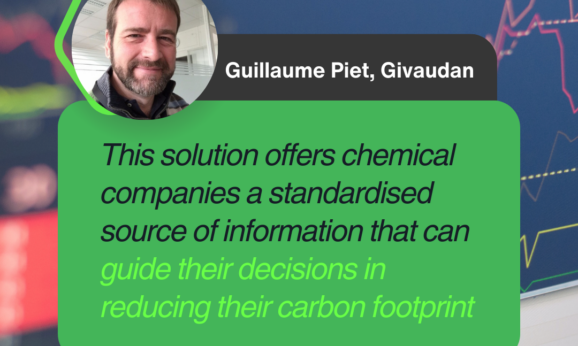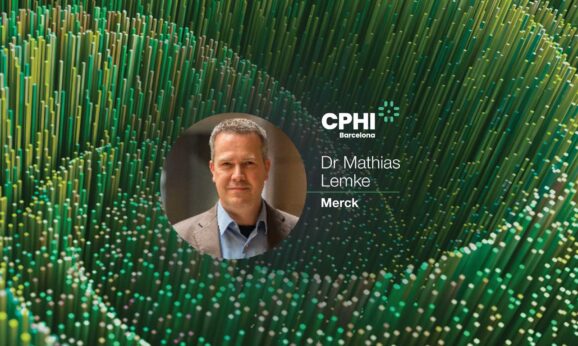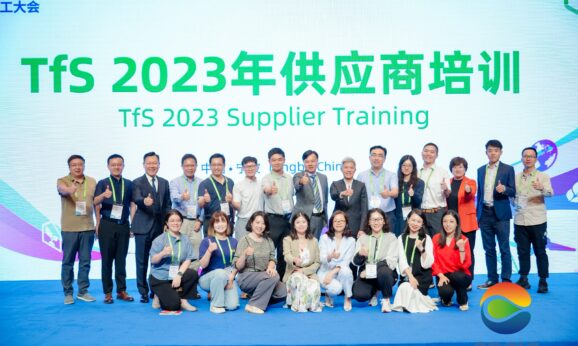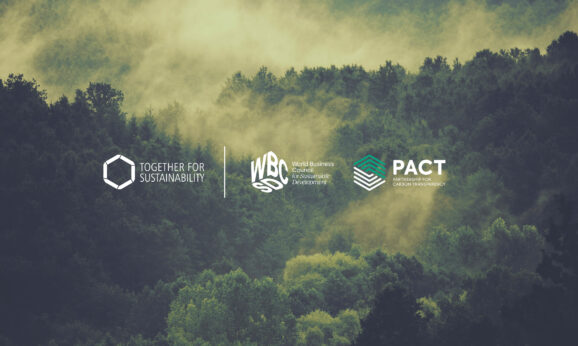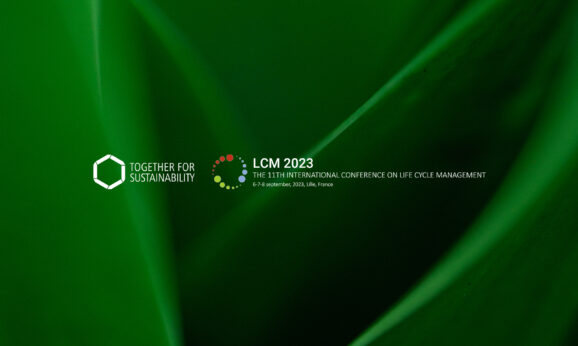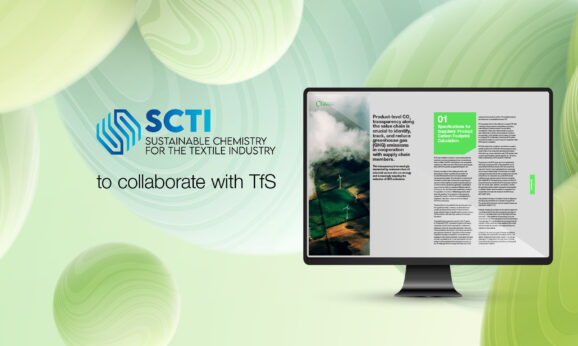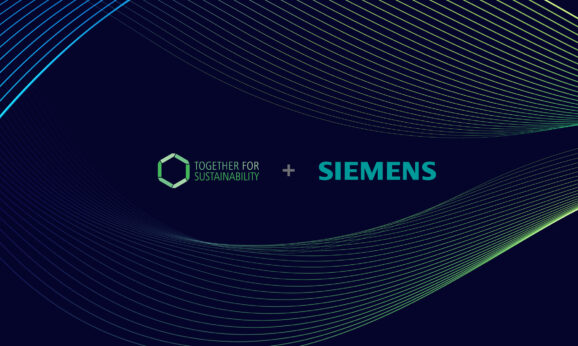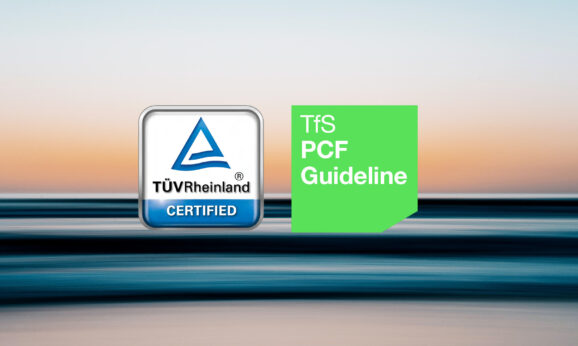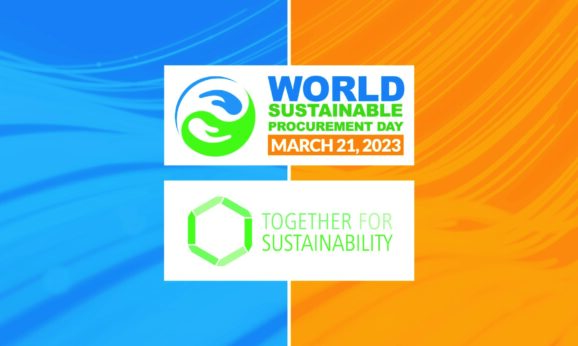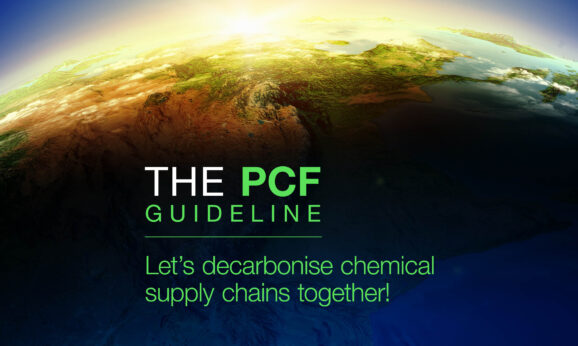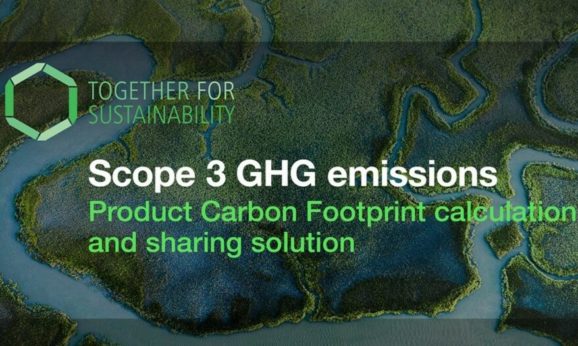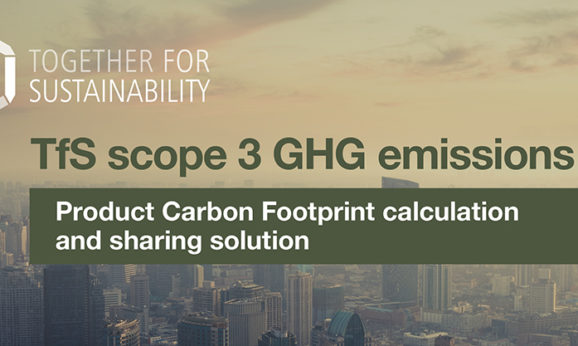APAG supports the TfS Product Carbon Footprint Guideline methodology

TfS is pleased to announce that APAG, a sector group of Cefic, expresses its support for the TfS Guideline for Product Carbon Footprint [PCF] and Corporate Scope 3 emission reporting to be also used as a guideline for the oleochemical industry.
Product-level CO2 transparency along the value chain is crucial to identify, track, and reduce greenhouse gas (GHG) emissions in cooperation with supply chain members.
In light of the EU’s goal to becoming a climate-neutral economy by 2050, APAG agrees that businesses need to track and minimise GHG emissions, including Scope 3 emissions, which constitute a major share of a chemicals’ emissions.
APAG has looked into the “Product Carbon Footprint Guideline for the Chemical Industry” by TfS which establishes chemical industry-specific rules and calculations for Upstream Scope 3 greenhouse gas emissions that are ISO and GHG protocol accounting standards compliant and that will allow companies to more accurately identify the carbon footprint generated by their chemical products from “cradle-to-gate”. The goal is to assess whether the general guideline for the chemical industry can also be applied in the oleochemical industry.
Specifically, APAG looked into the attribution of inputs and emissions for multi-output processes. APAG has expressed approval for the preference of mass allocation as standard approach when allocation cannot be avoided for all steps of fatty acid, fatty alcohol and fatty esters production, unless there is a specific reason to deviate from it[1]. APAG agrees that an exemption to mass allocation is the production of waste, where there is no CO2-allocation to it. Oleochemical wastes are by-products that are not intentionally produced, are not suitable for industrial use, and for which the process is not optimized. Waste has no, or very little, value compared to the primary product(s).
APAG’s members have expressed agreement on the need, as underlined by the TFS, to establish clear guidelines, able to harmonise PCF calculations within the chemical industry considering the difficulties faced in comparing the PCFs of chemical products. The goal is to foster a system allowing for comparable values and common principles across companies to enhance sustainability.
[1] e.g. approved PCR value, ratio of economic value of coproducts (max/min) > 5.
ABOUT APAG
The oleochemical industry is an enabler of circular economy and an example of industrial symbiosis: our industry upgrades rendered animal fats (cat3), a by-product coming from the meat processing and rendering industry, into a large variety of bio-based products which, in turn, are used by other industrial sectors. As a result, our industry keeps renewable raw materials in the loop and help achieve the objectives of the European Green Deal.
For more info, visit our website: www.apag.org








